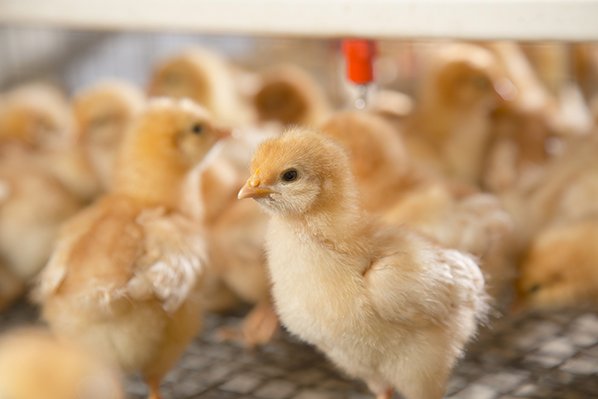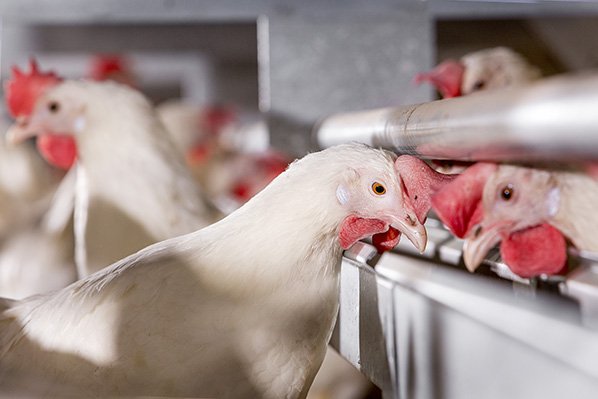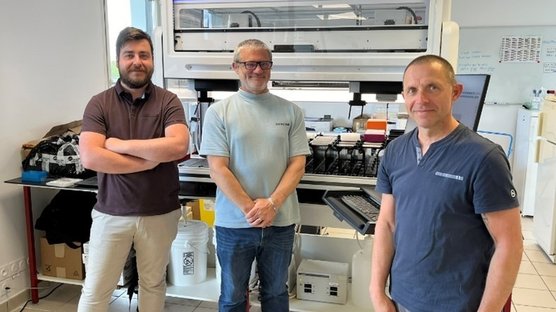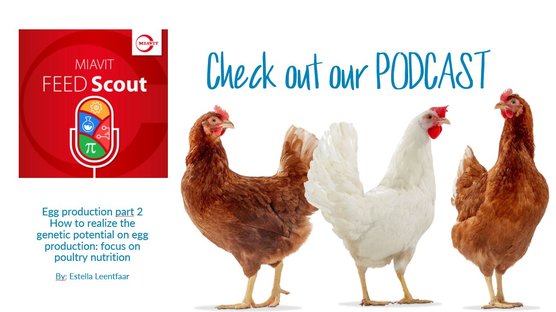
Published on June 8, 2020
Increased focus on sustainability: breeding the long-life layer
Genetic progress in laying hens has never been so clearly visible in the field throughout the past decades.
Modern selection methods, such as genomics and fully automated measurements as well as massive investment in the expansion of our R&D program have considerably contributed to the success of the laying hens currently available.
More than a decade ago, we set a goal to breed the long-life layer for 2020. Our definition of a long-life layer was a hen capable of producing 500 eggs in a laying cycle of 100 weeks. Nowadays, the main reason to deplete a flock is not often related to the persistency in egg production, but because of eggshell quality that gradually goes down with age. Poor quality eggs, and especially weaker shells, can increase the costs of egg packing and customer complaints. Over the last few years, we have added focus in selection to enhance egg quality.

Successfully keeping the hens to 100 weeks is no longer the exception. Egg producers from almost all over the world have been able to get the full genetic potential out of their birds. Their numbers show that early depletion wastes the genetic potential of today’s laying hens. The long-life layer can help you save costs in production, create additional profit, improve the welfare of the birds and reduce the environmental impact of egg production.
How we select for the long-life layer
By selecting for improved persistency only, we would not have been able to breed a long-life layer. Balanced breeding for all traits is the key in achieving genetic improvement all the way through the value chain. Key traits that have been present in our breeding program for decades include bird health, welfare and robustness. All these traits should be present in today’s commercial laying hens in order to keep up with the longer cycles required. This balanced trait approach requires in-depth knowledge and consideration of the bird’s physiology and her nutritional requirements at each age. It is also depends on the management system they are housed in and the reproductive status of the birds.
In order to help the birds manage production for high quality eggs all the way up to 100 weeks of age, our breeding program selects for a flatter egg weight profile. The goal is still to increase the early egg size (before 30 weeks of age), but we also aim to flatten the egg size growth later in life. Flattening the egg size curve has resulted directly in high quality eggs, as continued growth in egg size can be a contributor to poor egg quality. This is not only due to the inability to deposit more shell around larger eggs (the amount of shell available to deposit around an egg decreases with age), but it is also related to the physical stress on the birds when producing larger eggs.

Flattening egg size is not the only way to improve the eggshell quality. A key element of the Hendrix Genetics breeding program is to measure the egg quality all the way till the end of lay. We take these measures both at the R&D farms and commercial farms in which the birds have a direct genetic relationship with each other. We test our birds in a range of locations to ensure that we consider differing diets, climates, and management factors when making selections as these can have a clear impact on bird performance.
Besides the classical breaking strength devices, we have invested in the latest technologies in the field of vision and robotics. From every egg that is examined with our eggxaminator, we can capture over 25 high resolution images that will give us a fully in-depth insight in the eggshell quality.
In summary
Egg producers from all over the world have demonstrated that it is possible to keep our long-life layers up to the age of 100 weeks. Amazing results have been achieved all over the world with our breeds, from intensive open housed cage systems in the hot and humid areas of Brazil and the Middle America’s, all the way to the free range and organic systems in the wet Western part of Europe.
In conclusion, keeping flocks longer offers clear benefits, both in terms of economics and for enhanced sustainability. It leads directly to higher welfare with fewer birds needed to produce the same number of eggs. Additionally, it saves production costs with a shorter downtime period and the pullet/once-per-cycle costs can be diluted over a much longer production period. In the end, the amazing long-life layer helps the farmer, the industry, and the planet.


